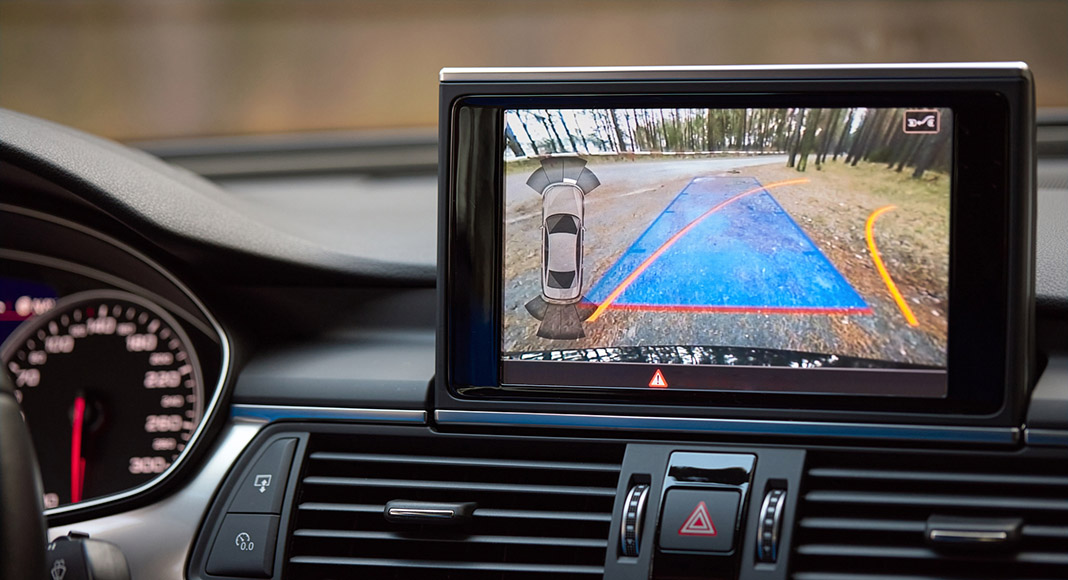Curves in the road are posing a challenge to some advanced driver assistance features, limiting their potential safety benefits, according to a new study from the Insurance Institute for Highway Safety.
Adaptive cruise control (ACC) and more advanced partial automation that combines ACC with lane centering are often disabled on some of the sharper curves present on limited-access roadways, either because drivers switch the features off or they deactivate automatically.
âWe know that advanced driver assistance features may help prevent crashes, but obviously they can only do so if drivers use them,â said IIHS Senior Research Transportation Engineer Wen Hu, the lead author of the paper.
Researchers used data from two 2016 Land Rover Range Rover Evoque and two 2017 Volvo S90 vehicles driven by 39 drivers over four weeks. The Evoques were equipped with ACC, and the S90s were equipped with both ACC and Volvoâs Pilot Assist partial automation system â which combines ACC and lane centering.
They found that ACC or Pilot Assist were less likely to be active as curves became sharper. In the Evoque vehicles, drivers were 72 percent less likely to use ACC on the sharpest category of curves (those with a radius smaller than 2,292 feet) than they were to use those features on straight road segments. In the S90 vehicles, drivers were 75 percent less likely to use Pilot Assist and 66 percent less likely to use ACC on the sharpest curves.
âThis study suggests that these technologies will only be able to reach their full potential if drivers can trust them to handle curves,â added Hu.



















